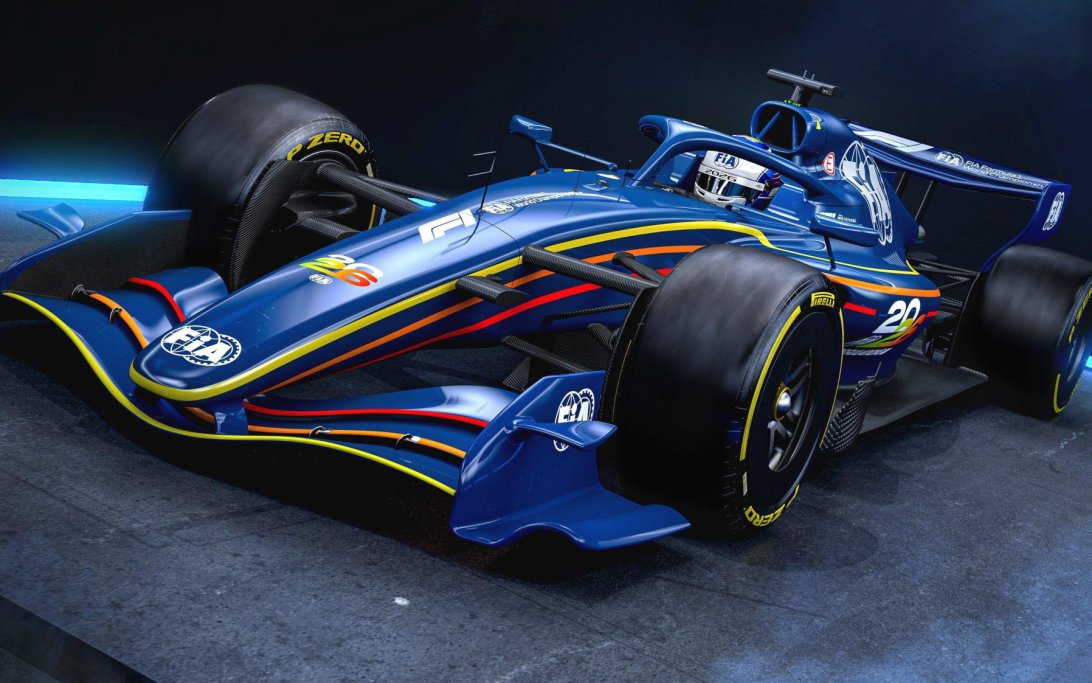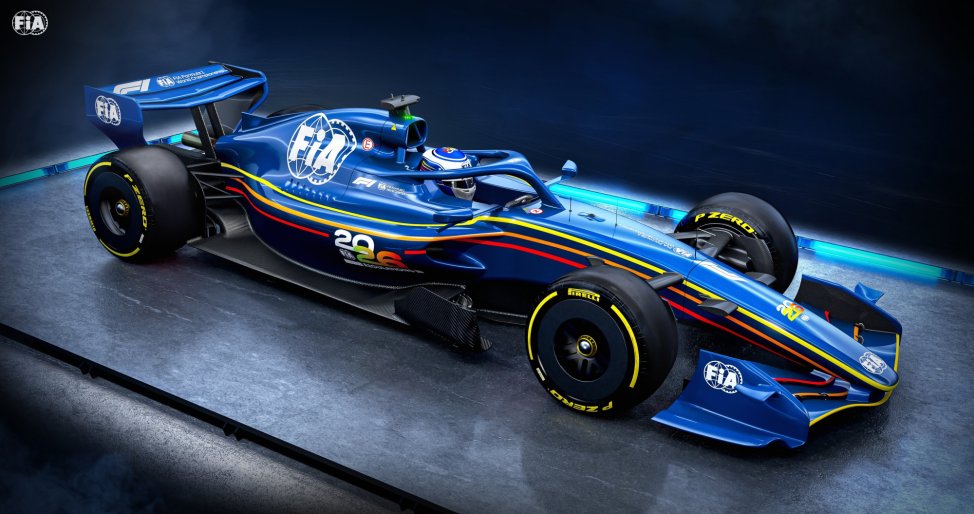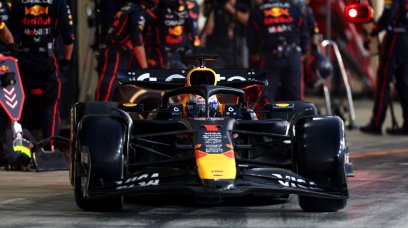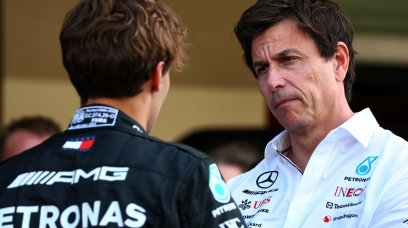With the January 1 date that allows all F1 teams to start constructing their 2026 cars fast approaching, the FIA has published the latest evolution of the technical regulations approved by the World Motor Sport Council.
The cars have undergone changes compared to the renderings that were released after the presentation of the previous draft, with the teams assisting the governing body with modifications.
Both the front and the rear wings have been altered, in particular, the former is connected to the nose via longer pillars, allowing the flow rate under the chassis to be increased to augment the direct airflow to the floor.
Fundamentally, the front wing remains made up of three elements but the movable flap appears to have a longer chord with a more arched design.
The external side of the endplates now features a considerable lateral flow diverter, to increase the outwash effect by diverting the flow outside the front wheels.
Article continues below the image.
Floor undergoes significant change
Focusing on the rear wing, the unit is made up of three elements, with the leading edge following a light spoon profile and the second element being a larger chord. The endplates now have a larger surface area and a winding profile similar to the current one.
Coming to the floor, the changes are very significant. Five vertical flow splitters now appear under the raised leading edge. On the side-floor section immediately behind the front wheels, the barge boards are now better defined to direct the flow towards the rear.
The floor edge is completely flat and, interestingly, the throat of the diffuser starts in a more advanced position than previously. The entire rear section of the bodywork is better connected and less bulky.
The radiator inlets appear modified, giving the impression they will undergo further specific changes in the design process of the real cars.
The wheel covers also no longer cover the entire wheel rim, with the central part presenting an opening to the wheel hub.
Also interesting:
Join RacingNews365’s Ian Parkes, Sam Coop and Nick Golding, as they dissect the season-ending Abu Dhabi Grand Prix. Lando Norris’ mature performance and Max Verstappen’s penalty are key talking points.
Rather watch the podcast? Then click here!
Don't miss out on any of the Formula 1 action thanks to this handy 2026 F1 calendar that can be easily loaded into your smartphone or PC.
Download the calenderMost read
In this article













Join the conversation!